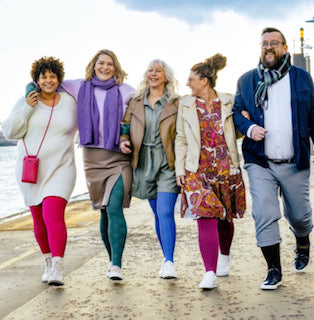POTS (Postural Orthostatic Tachycardia Syndrome) is a medical condition that affects the autonomic nervous system. It is characterized by an abnormal increase in heart rate upon standing up, causing symptoms such as dizziness, lightheadedness, fainting, and fatigue.
The autonomic nervous system is responsible for regulating various bodily functions, including heart rate, blood pressure, and digestion. In people with POTS, there is a dysfunction in this system, leading to improper regulation of blood flow and heart rate when changing positions from lying down to standing up.
Compression garments, such as compression stockings or tights, can help alleviate symptoms associated with POTS. These garments apply a gentle pressure on the legs, which helps to improve blood flow and prevent blood from pooling in the lower extremities. By promoting better blood circulation, compression garments can reduce the excessive increase in heart rate that occurs in POTS when standing up.
Compression garments can also help prevent blood from accumulating in the legs, which can cause swelling and discomfort. The compression offers support to the blood vessels and muscles, helping to prevent fluid build-up and reducing pain or heaviness in the legs.

Compression garments can also improve the efficiency of the muscle pump mechanism in the lower leg. When we walk or move our legs, the muscles contract and squeeze the veins, pushing blood back towards the heart. In people with POTS, this mechanism may not work as effectively, leading to blood pooling and inadequate circulation. Compression garments provide external support to the muscles, helping them to function better and facilitate proper blood flow.
It is important to note that compression garments should be used under the guidance of a healthcare professional familiar with POTS or related conditions. They will be able to determine the appropriate compression level and type of garment based on the individual's specific needs and symptoms.


